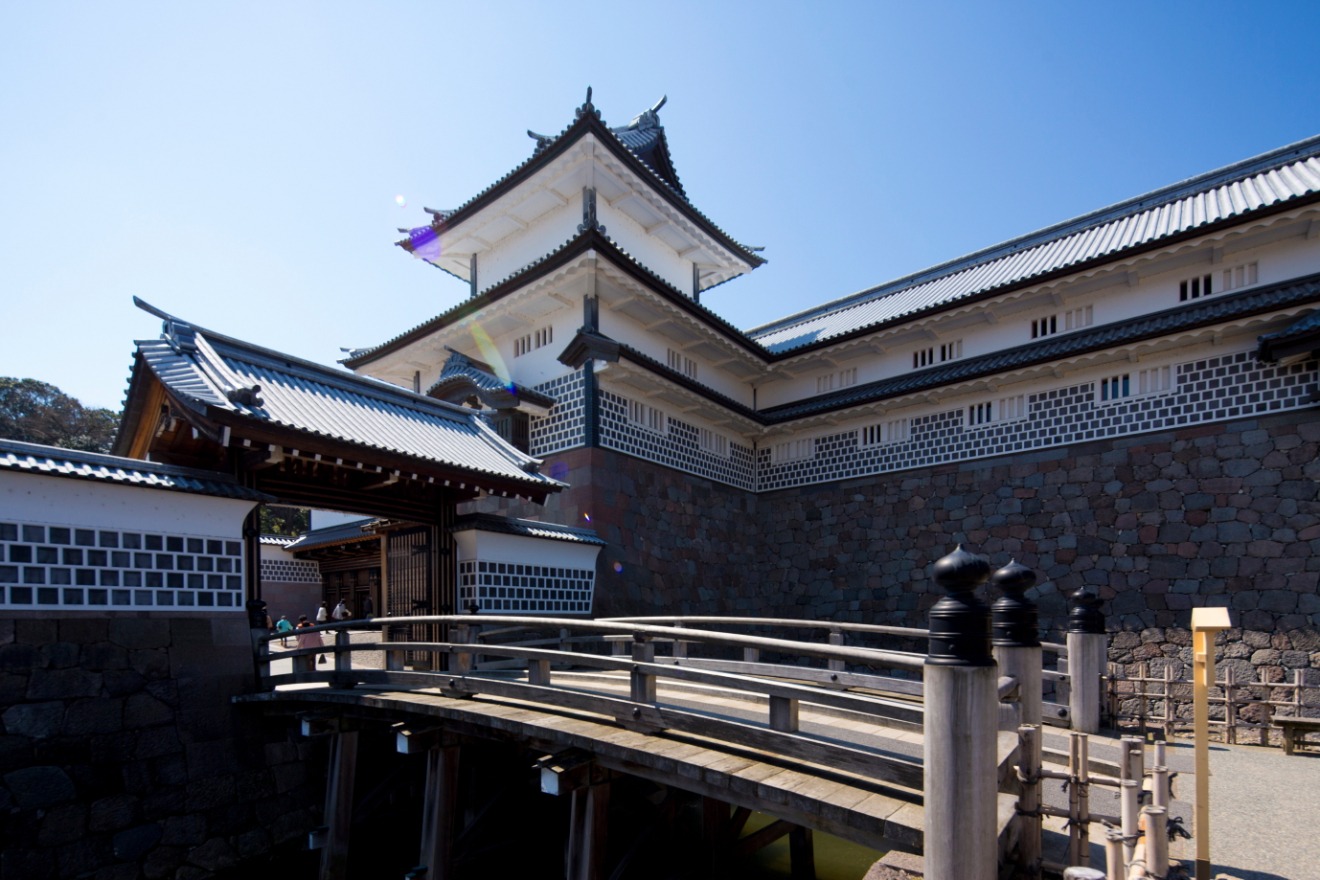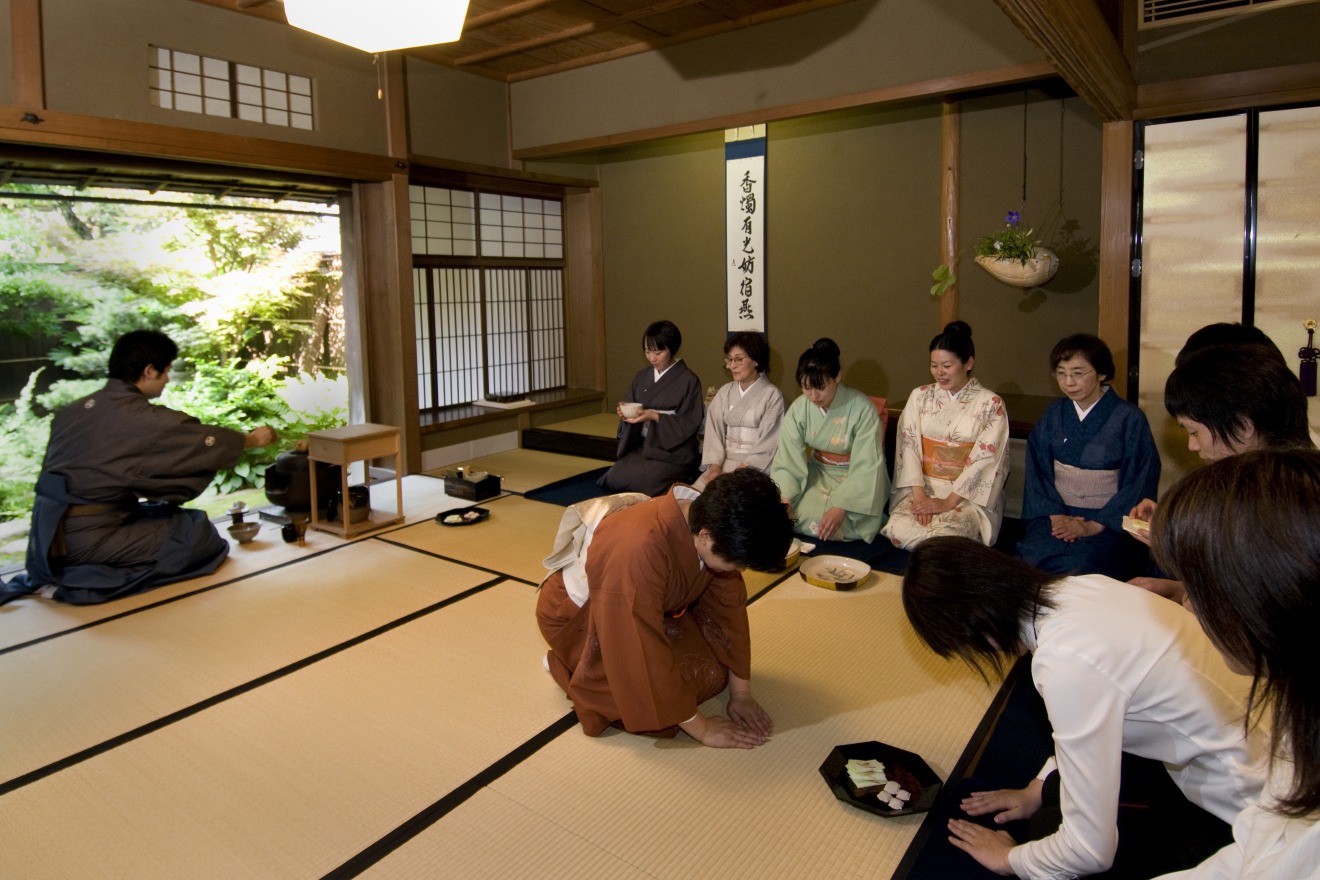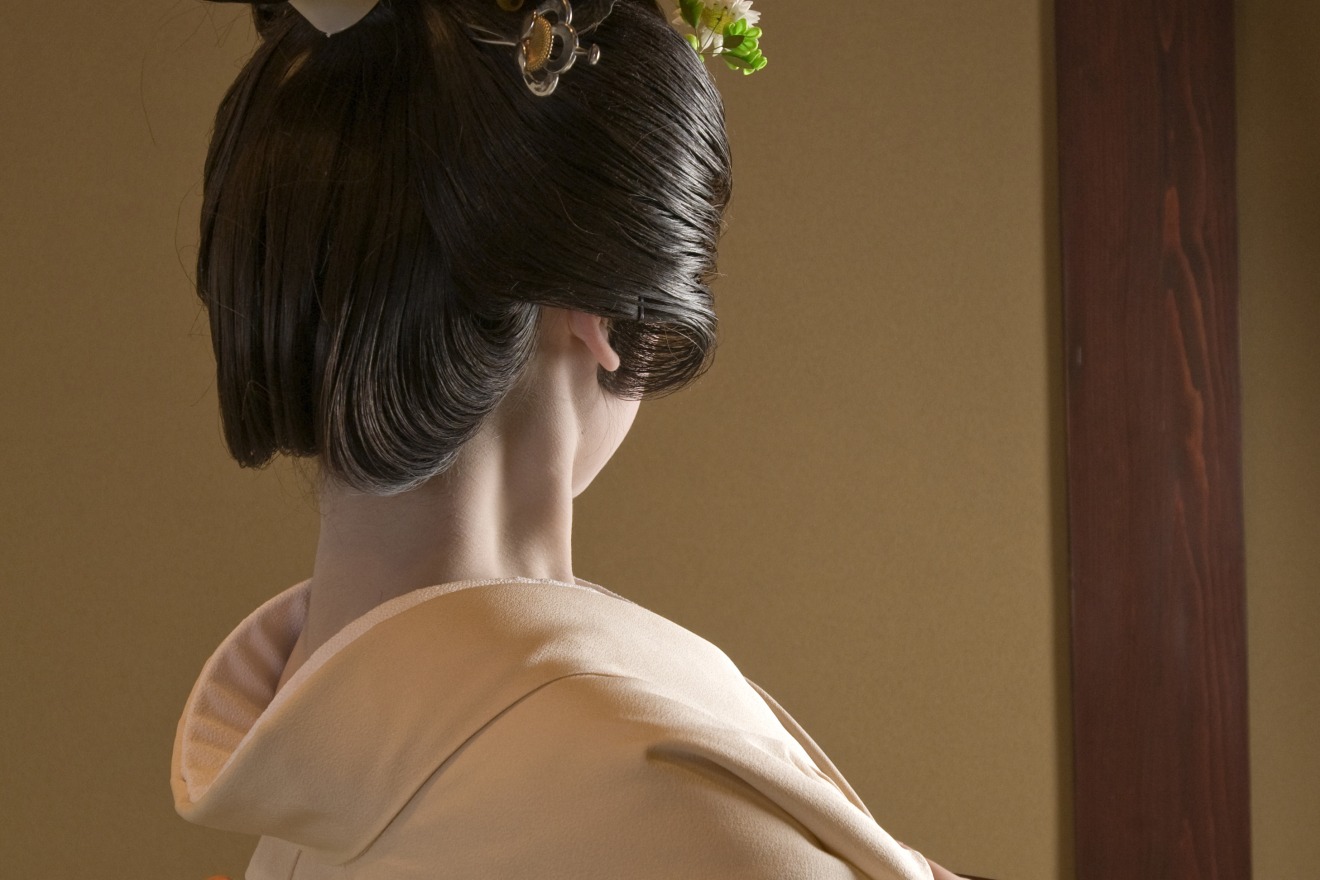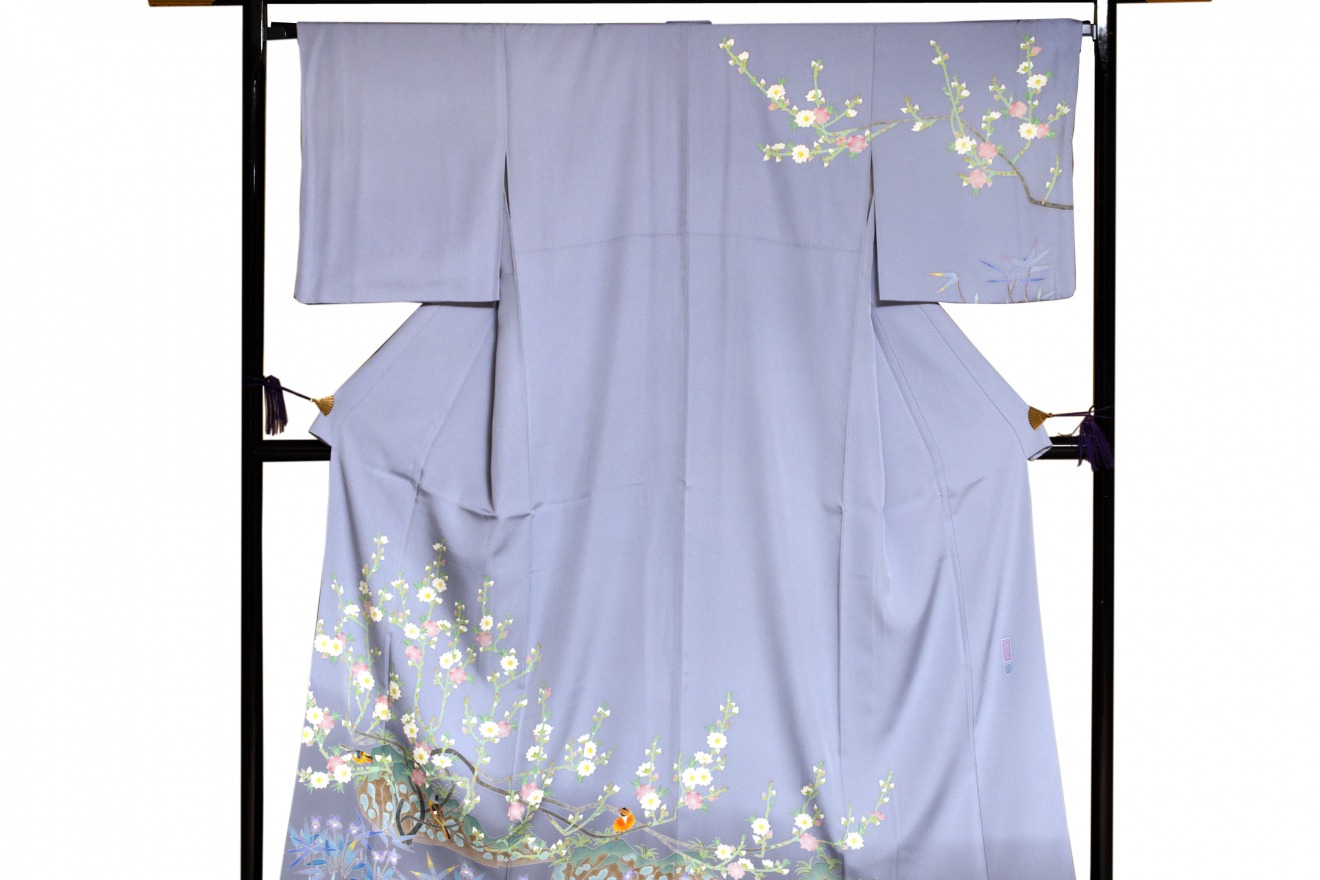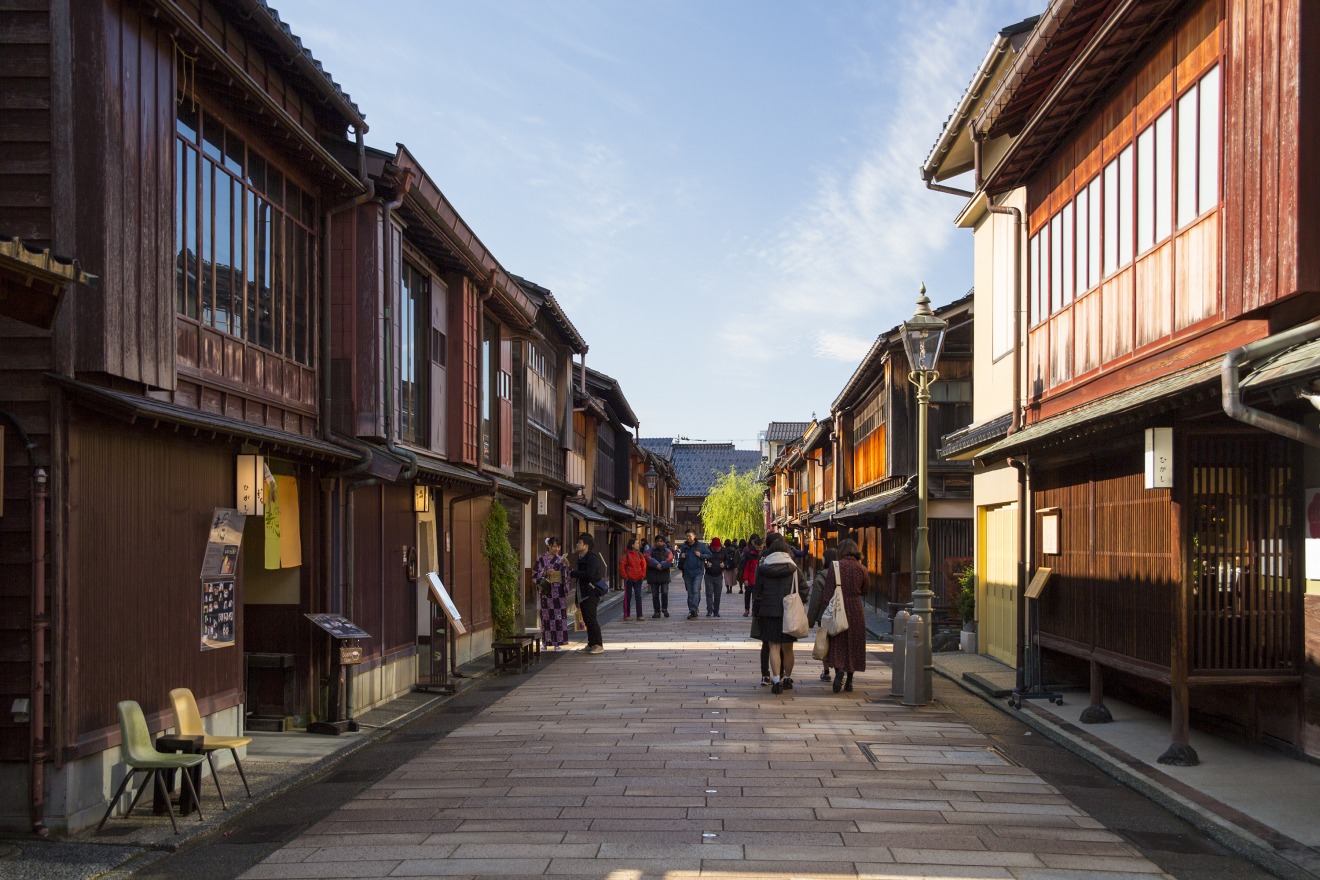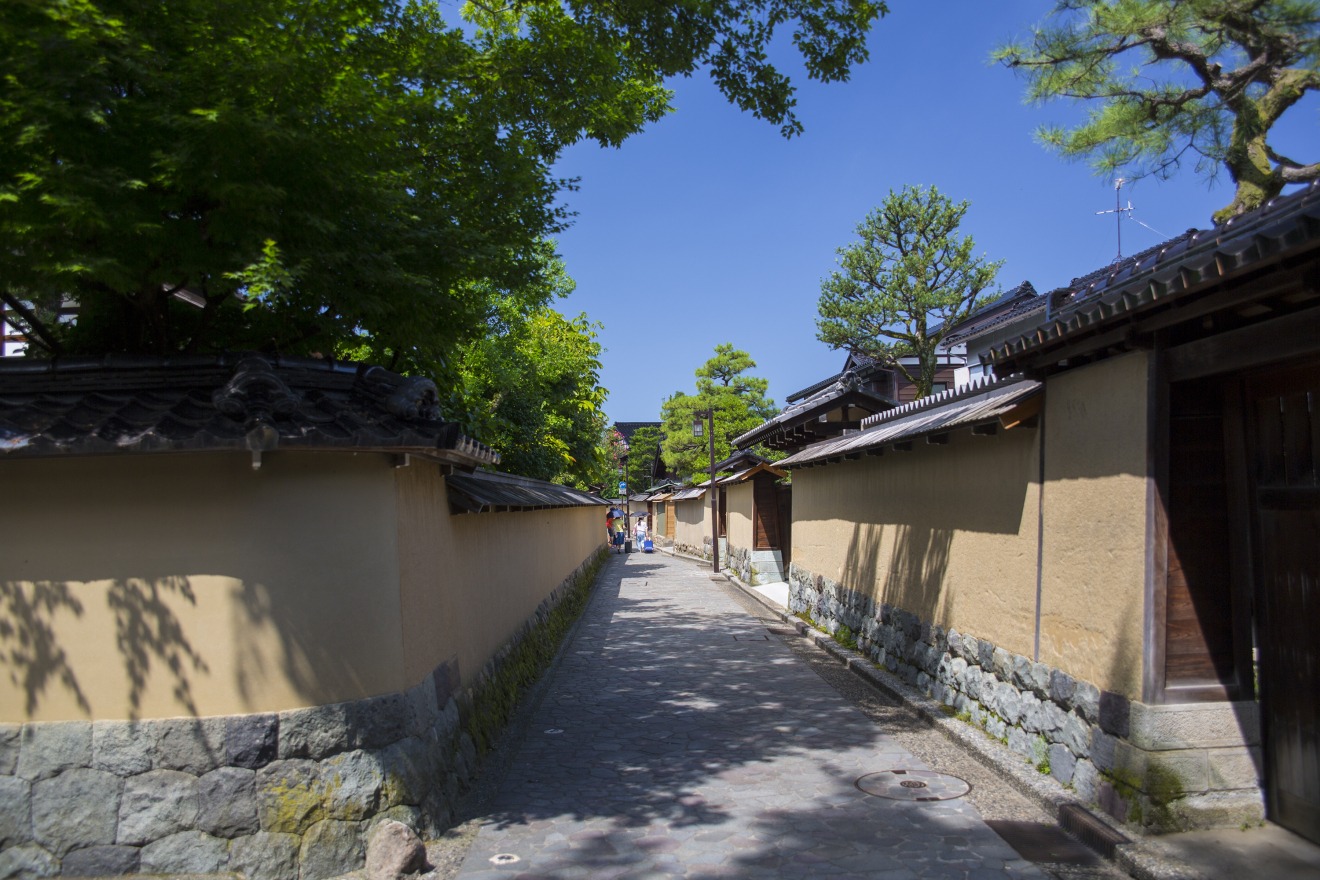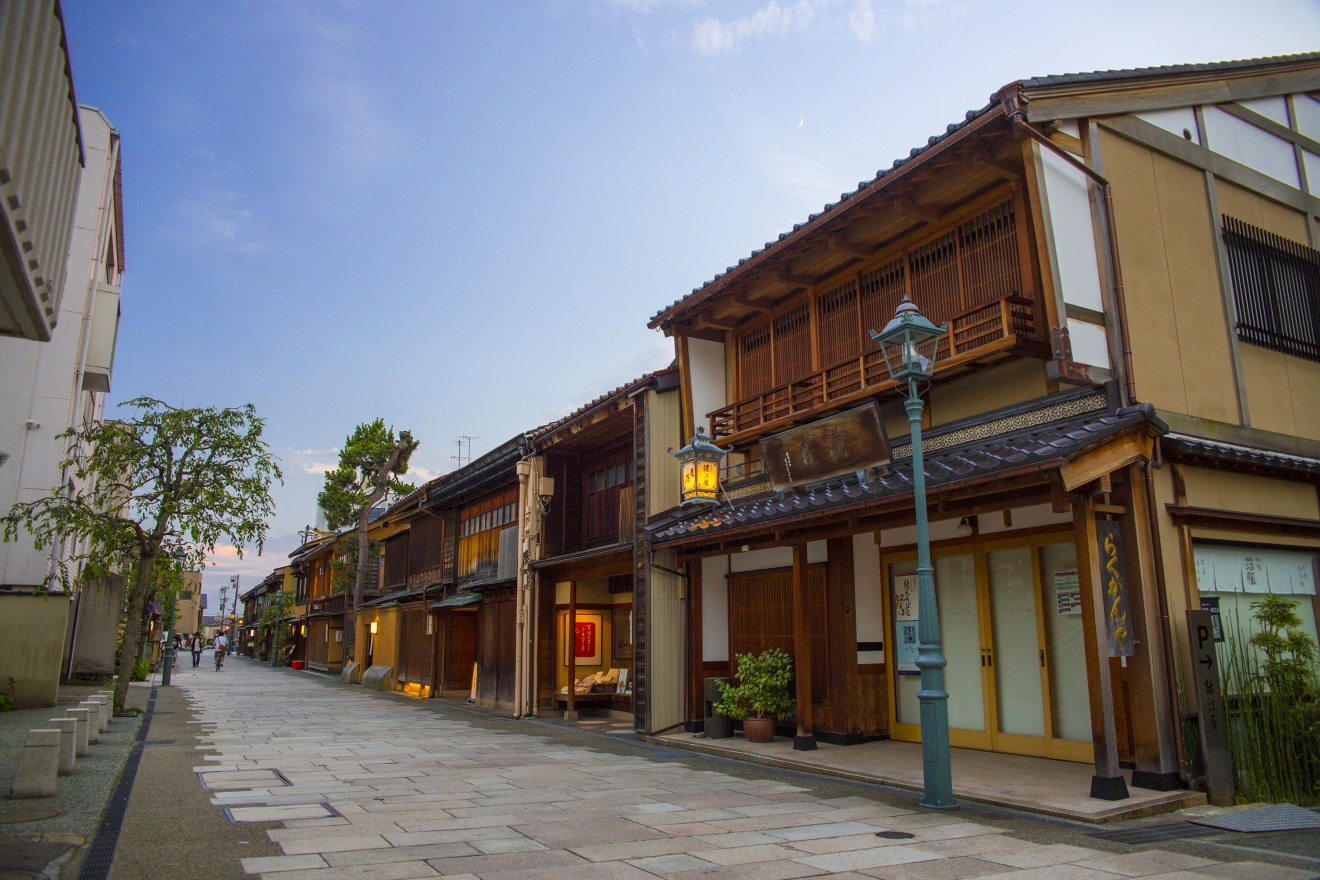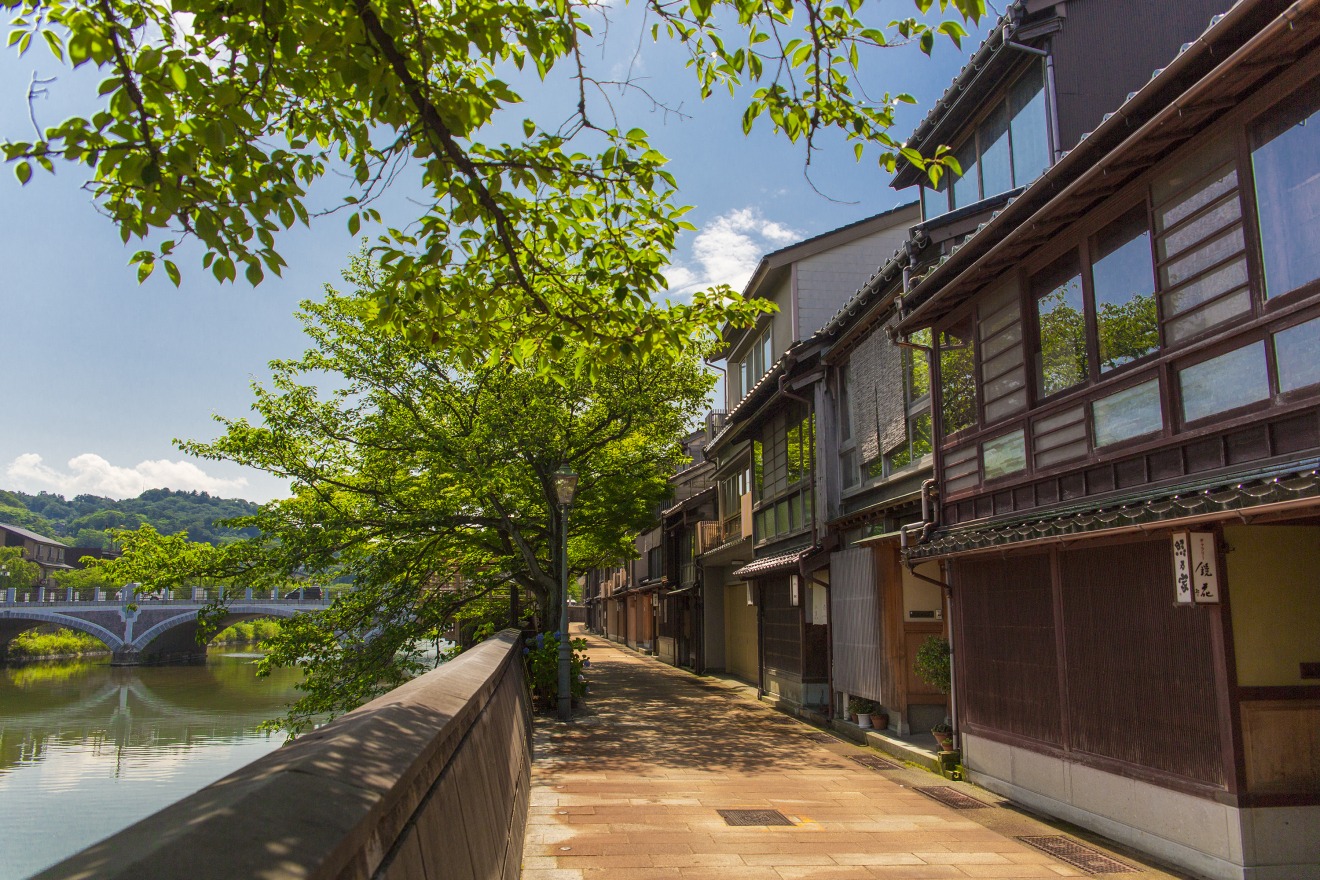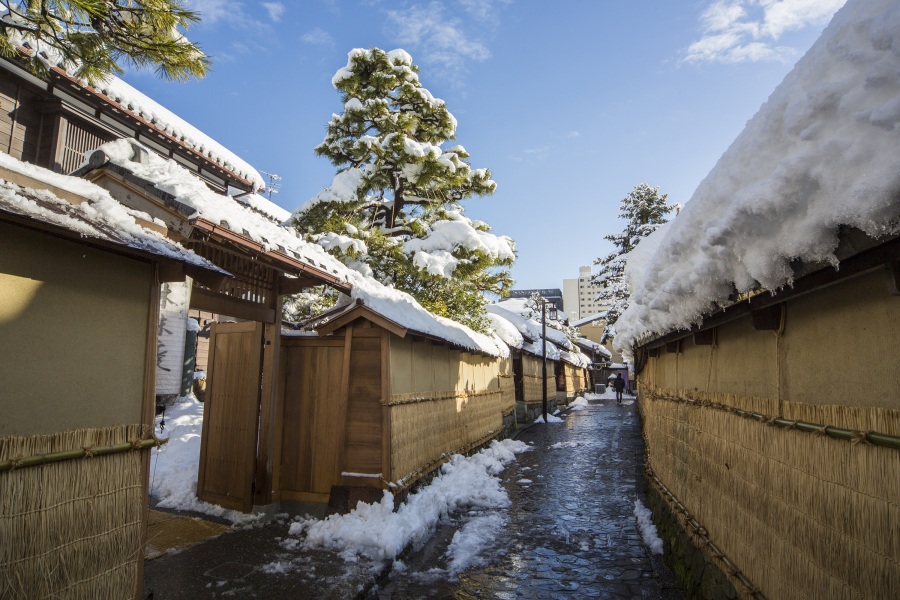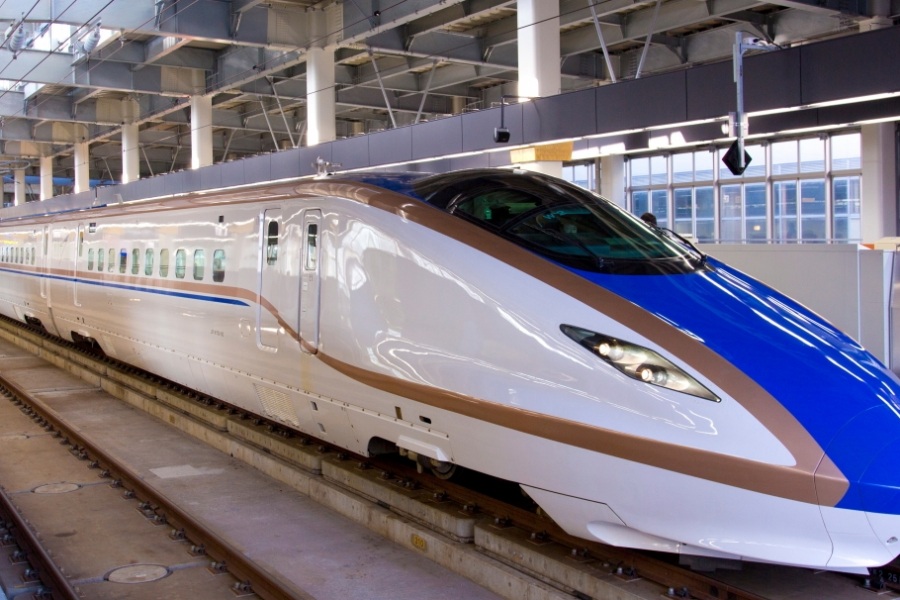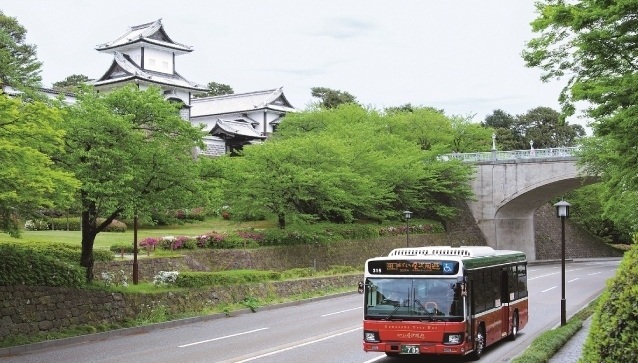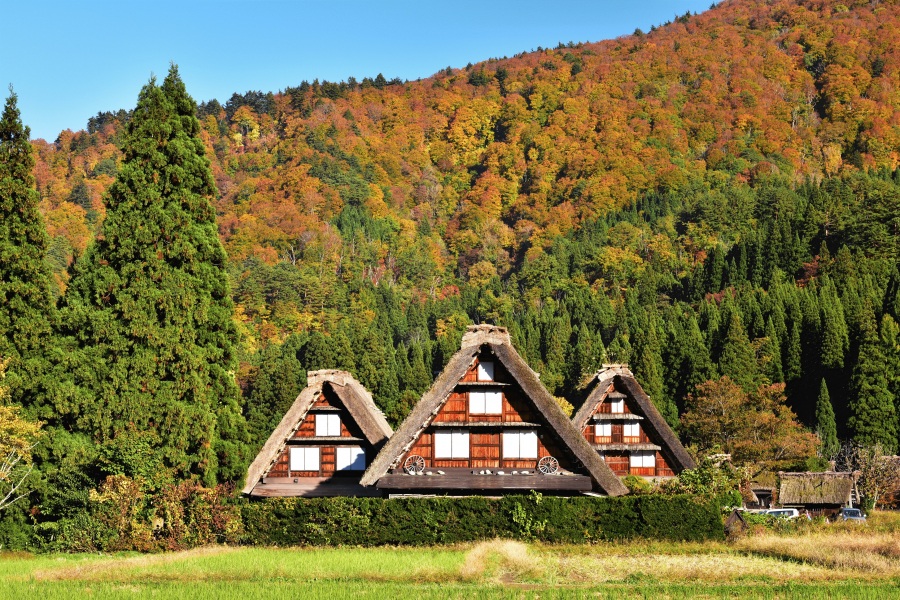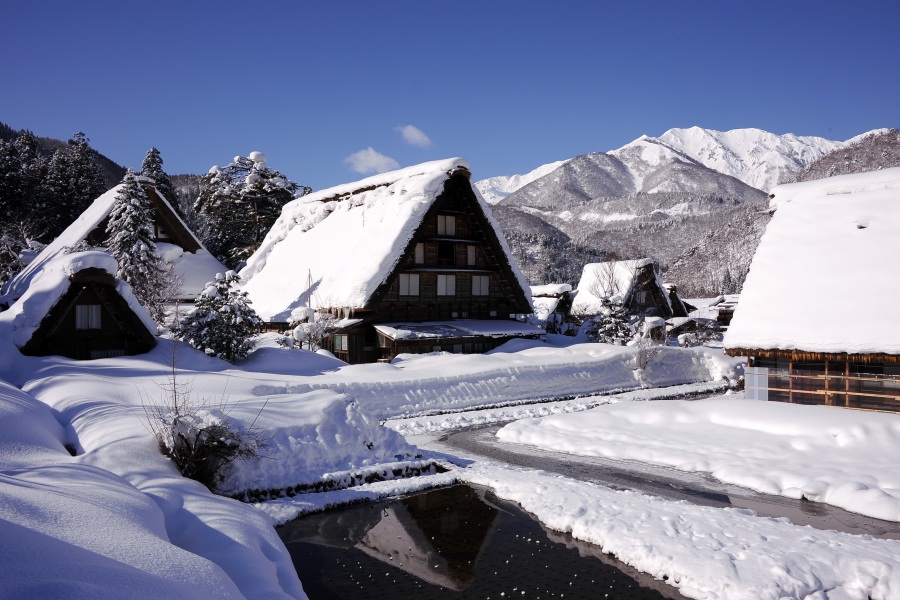How Kanazawa Became the Seat of Refined Culture in Japan
Kanazawa today was formed by the Kanazawa of yesterday, particularly during Japan's peaceful Edo Period (1603-1868). The powerful Maeda clan ruled the Kaga domain from Kanazawa, bringing and nurturing the traditional arts and crafts that define the city today. Kanazawa was a center of political, economic, and cultural influence that prospered for nearly 300 years, making it one of Japan’s most significant castle towns. Today, entire districts from the Edo Period are preserved for the education and enjoyment of visitors and residents of Kanazawa. Find out more about how Kanazawa's history helped make it one of Japan's most elegant cities.
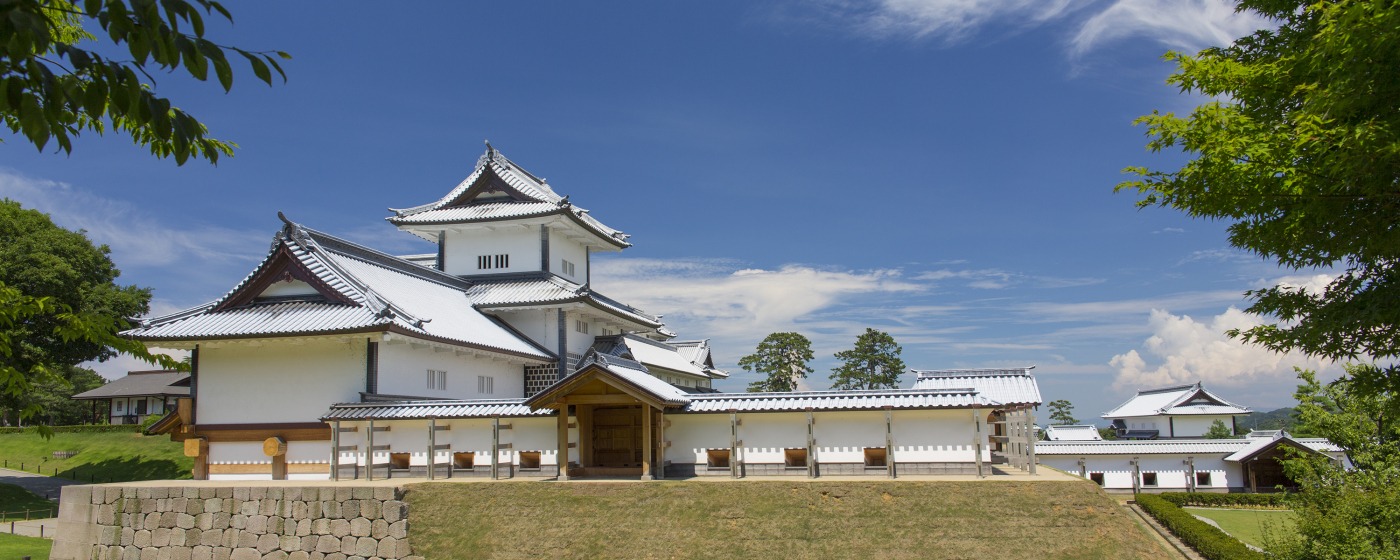
Edo Period
When considering the 430 years of Kanazawa's history, it is the achievements of the 280 years of the Edo Period history starting with Maeda Toshiie - the man who took over Kanazawa Castle in 1583 and began the history of Kanazawa as a castle town - that made Kanazawa the city we know and love today. The Maeda clan's power and wealth were second only to the Tokugawa Shogunate itself. To demonstrate that they were not a political threat to the Shogun, the Maeda lords became patrons of academics and culture. They invited prominent scholars and master artisans from around Japan into their domain, and established cultural arts such as tea ceremonies and Noh theater in the area. This cultural abundance exposed not only the upper-class samurai, but also the people of Kanazawa to a level of culture rarely seen in other parts of Japan. The elements of this cultural uplifting are still evident today in the myriad of arts and crafts produced in the city and the general population's love for cultural activities and performing arts.
Kanazawa literally means “gold marsh.” Perhaps a city whose name contains the Japanese character for "gold" was always destined for greatness. If you believe the legend that a peasant named Imohori Togoro discovered gold dust in a local marsh, Kanazawa was extraordinary even before the peak of its power in 1583 when Lord Maeda Toshiie ruled over the powerful and prosperous Kaga Domain from Kanazawa Castle.
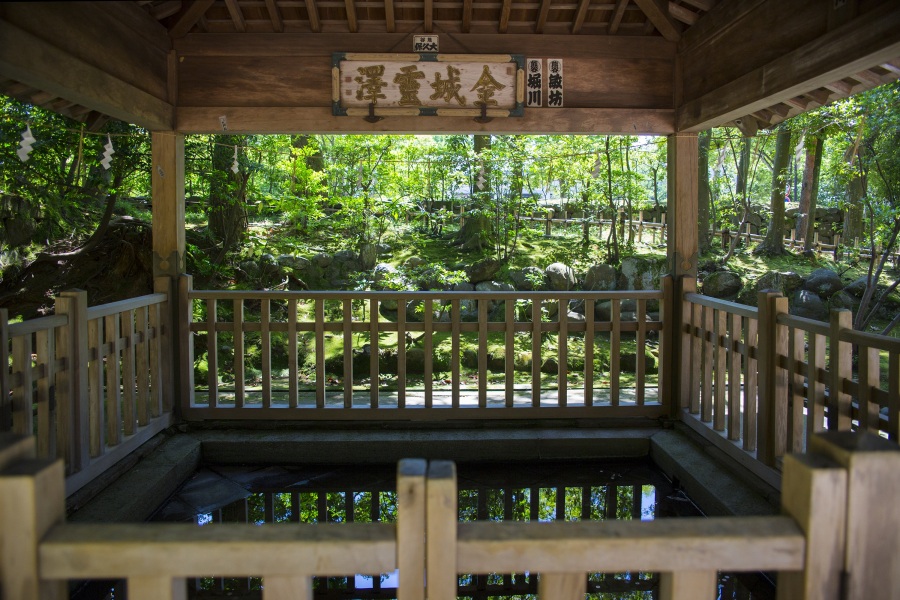
Late 19th century -
When the Meiji government replaced the Shogunate in 1868, political power was taken from the Maeda clan and given to the central government in Tokyo. Modern Japan centered around the growing metropolises of Tokyo, Osaka, and Nagoya. Traditional crafts and cultures once fostered by the wealth of the Maeda clan also fell into decline after the Edo Period, but Kanazawa’s citizens and artisans sustained these traditions for future generations, making Kanazawa the culturally attractive city it is today. Fortunately, Kanazawa was spared from the devastating bombings of Allied forces in World War II. Combined with the peaceful Edo Period under the Maeda clan, Kanazawa has not experienced a single war or major natural disaster for over 430 years. Today, entire districts of Edo-era buildings still coexist with modern elements of the city.
